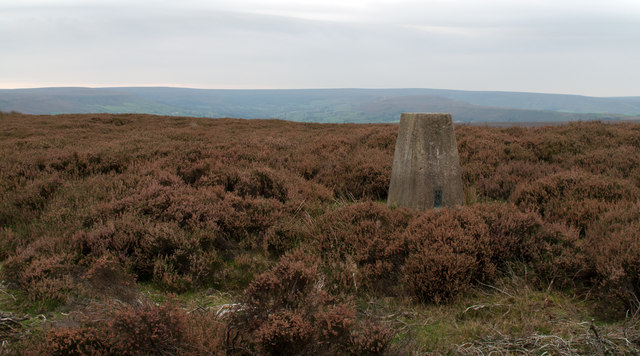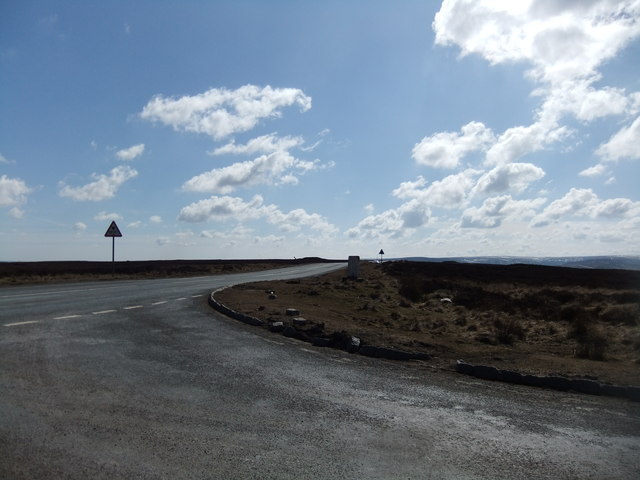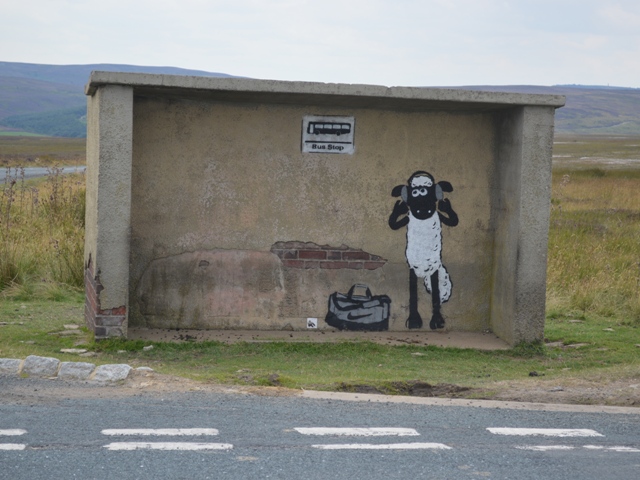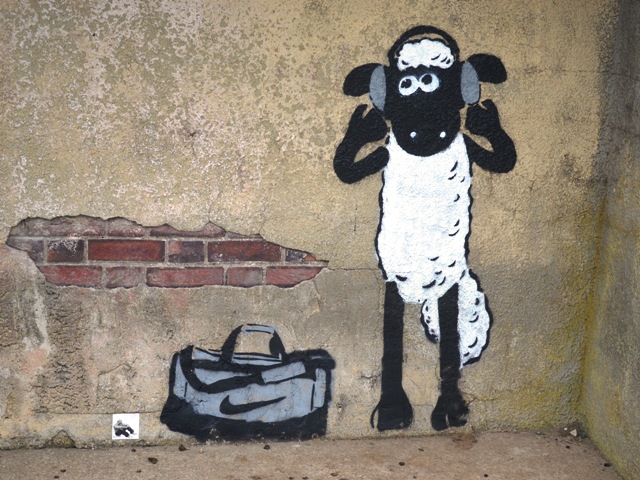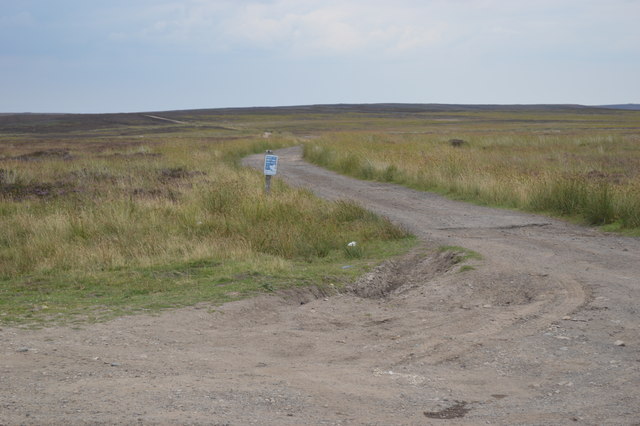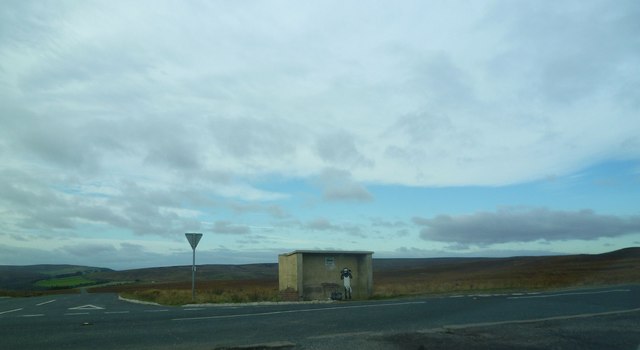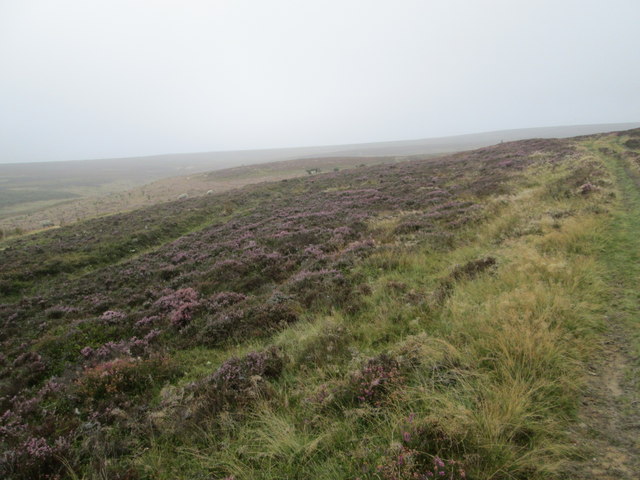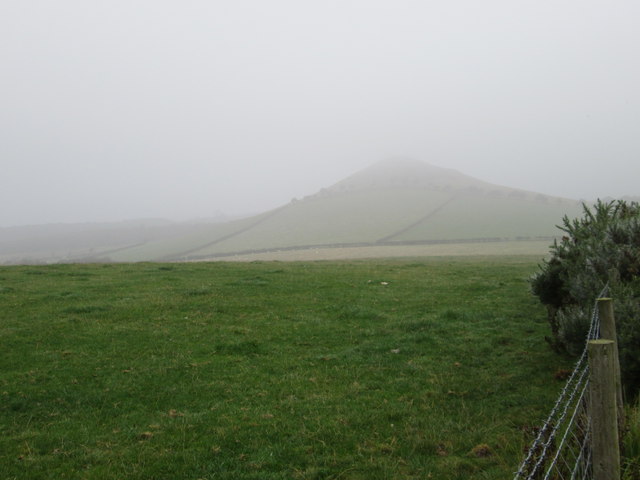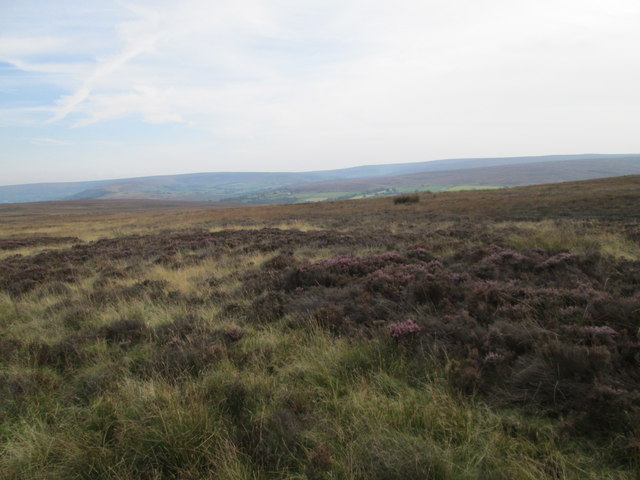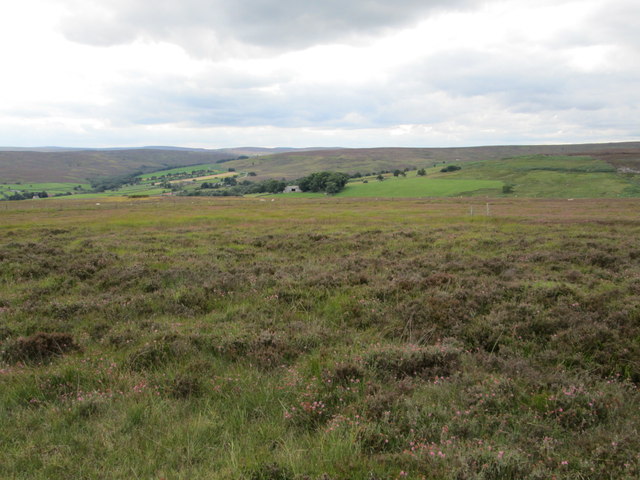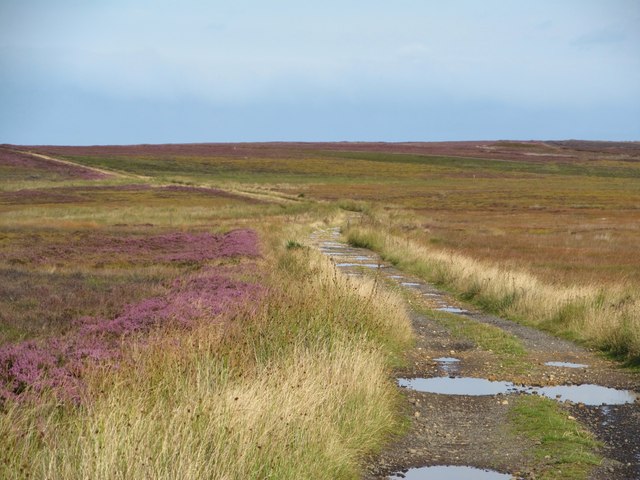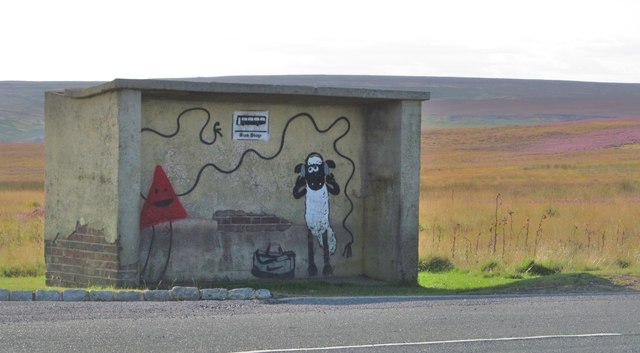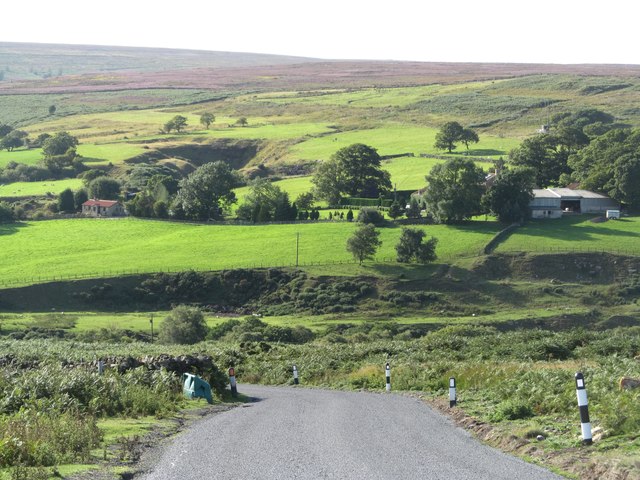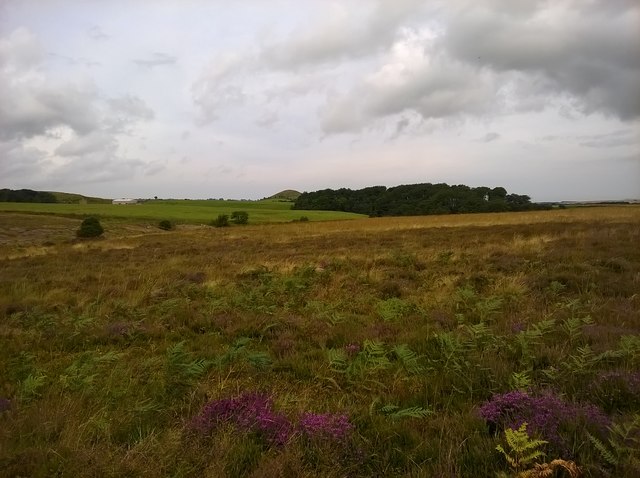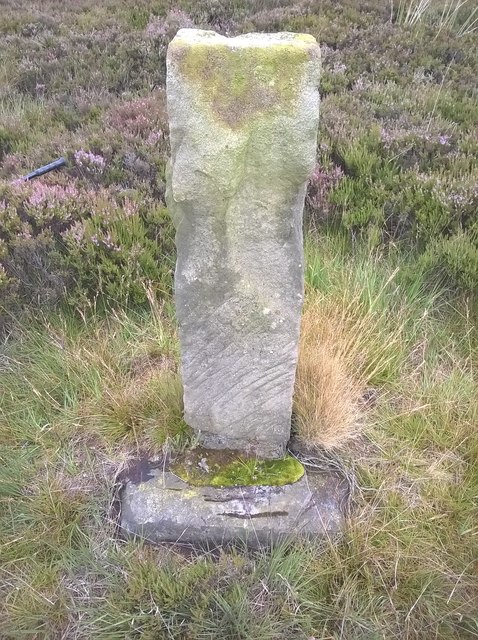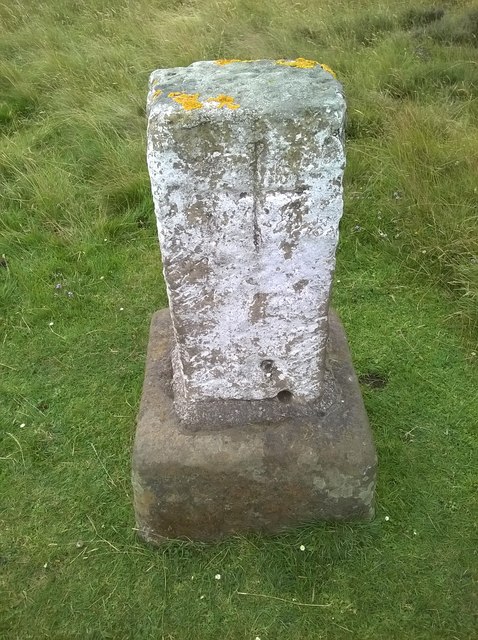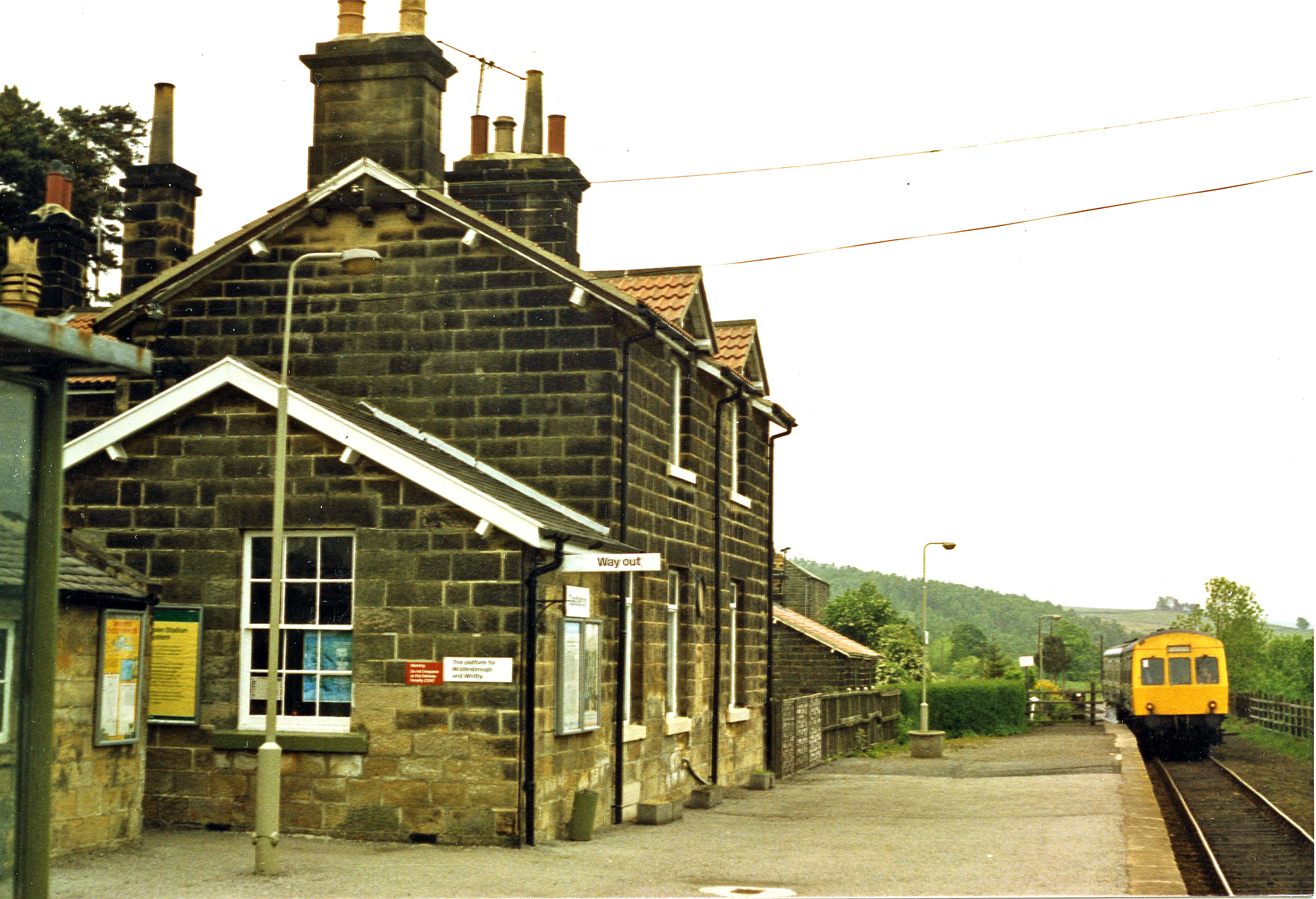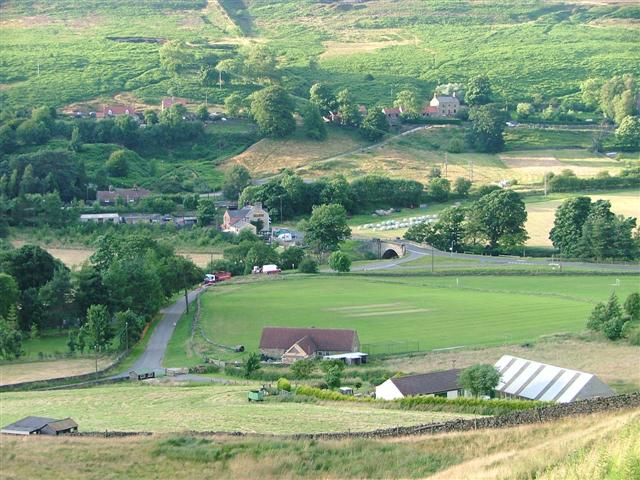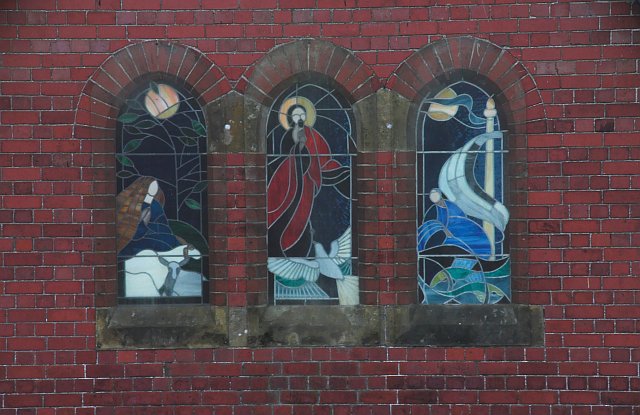Three Howes
Heritage Site in Yorkshire
England
Three Howes
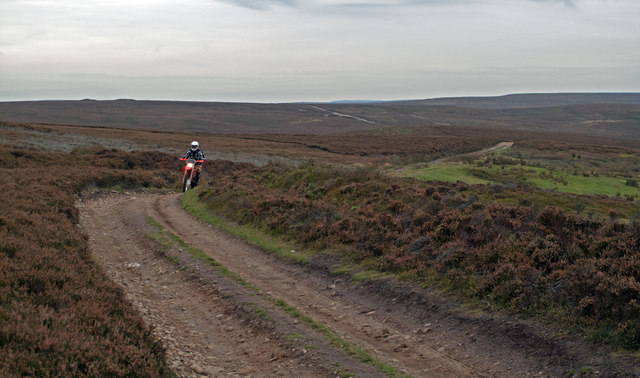
Three Howes is a heritage site located in Yorkshire, England. It consists of three Bronze Age round barrows or burial mounds, which are believed to date back to around 2000-1500 BC. The barrows are situated on a gentle slope overlooking the surrounding countryside, providing a picturesque and serene setting.
Each of the three barrows is of a similar size and shape, with a diameter of approximately 20 meters. The mounds are made of earth and rubble, and are surrounded by a shallow ditch. The barrows are thought to have been constructed as burial sites for prominent individuals or families in the local community during the Bronze Age.
Three Howes is a well-preserved and historically significant site, offering visitors a glimpse into the ancient past of the region. The site is easily accessible by foot, with a designated path leading to the barrows. Interpretive signage provides information about the history and significance of the site, making it a popular destination for history enthusiasts and those interested in archaeology.
Overall, Three Howes is a fascinating heritage site that offers a unique insight into the burial practices and customs of the Bronze Age inhabitants of Yorkshire.
If you have any feedback on the listing, please let us know in the comments section below.
Three Howes Images
Images are sourced within 2km of 54.485/-0.942 or Grid Reference NZ6810. Thanks to Geograph Open Source API. All images are credited.

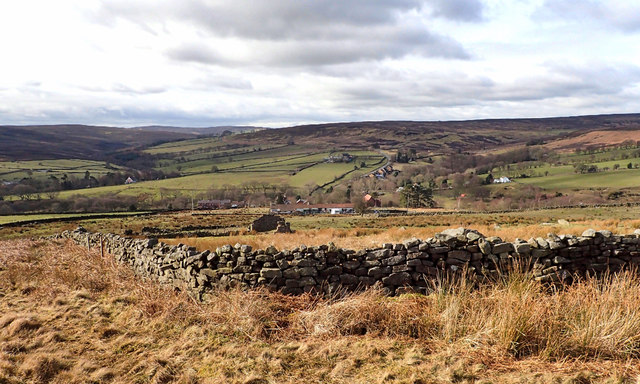
Three Howes is located at Grid Ref: NZ6810 (Lat: 54.485, Lng: -0.942)
Division: North Riding
What 3 Words
///talked.registers.nibbles. Near Danby, North Yorkshire
Nearby Locations
Related Wikis
Castleton Moor railway station
Castleton Moor is a railway station on the Esk Valley Line, which runs between Middlesbrough and Whitby via Nunthorpe. The station, situated 16 miles 45...
Commondale railway station
Commondale is a railway station on the Esk Valley Line, which runs between Middlesbrough and Whitby via Nunthorpe. The station, situated 16 miles 72 chains...
Castleton, North Yorkshire
Castleton is a village on the River Esk, part of the civil parish of Danby in the county of North Yorkshire in England. It can be found 7.1 miles (11.5...
Commondale
Commondale is a village and civil parish in the Scarborough district of North Yorkshire, England that lies within the North York Moors National Park....
Have you been to Three Howes?
Leave your review of Three Howes below (or comments, questions and feedback).
